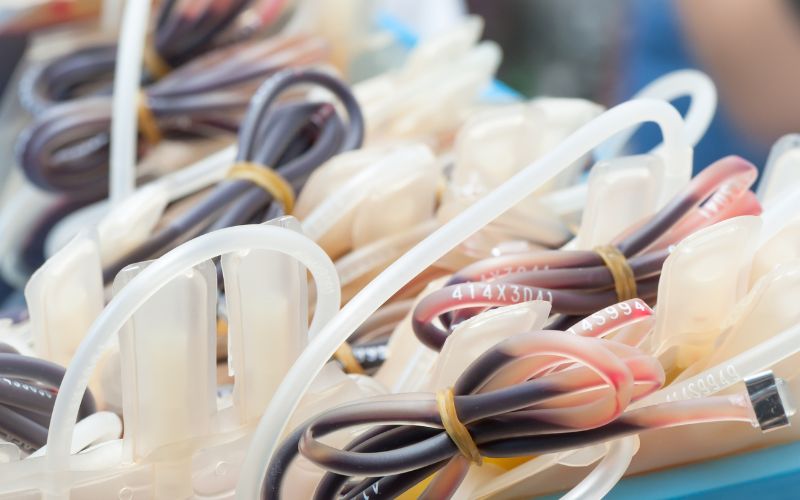Unlocking the Power of Stem Cells: The Promise of Cord Blood and Tissue Banking
Stem cells, with their remarkable regenerative abilities, have captivated the medical world with the promise of revolutionary treatments for various diseases and injuries. Among the diverse sources of stem cells, cord blood and cord tissue have emerged as invaluable resources, holding immense potential for regenerative therapies. In this article, we will explore the fascinating world of cord blood and tissue banking, the science behind these stem cells, the advantages they offer, and how they are shaping the landscape of modern medicine.
The Science Behind Cord Blood and Tissue Stem Cells
Cord Blood Stem Cells:
Cord blood, collected from the umbilical cord after childbirth, contains hematopoietic stem cells, which are responsible for producing blood cells. These versatile stem cells can differentiate into various blood cell types, making them vital in treating blood-related disorders and immune system deficiencies.
Cord Tissue Stem Cells:
Cord tissue, obtained from the umbilical cord’s Wharton’s jelly, contains mesenchymal stem cells (MSCs). These MSCs have the remarkable ability to differentiate into bone, cartilage, and fat cells. This makes them invaluable in regenerative medicine for repairing and rebuilding damaged tissues.
The Process of Cord Blood and Tissue Banking
Collection:
Immediately after birth, the umbilical cord blood and tissue are collected using sterile collection kits. This procedure is safe, painless, and poses no risk to the baby or the mother.
Testing and Processing:
The collected cord blood and tissue are sent to a specialized laboratory for testing and processing. The stem cells are isolated, and the samples are screened for any infectious diseases to ensure their safety for future use.
Cryopreservation:
Following processing, the stem cells are cryopreserved or frozen at extremely low temperatures to maintain their viability and potency over extended periods. Cryopreservation ensures that the stem cells remain intact and ready for potential future therapeutic applications.
The Advantages of Cord Blood and Tissue Banking
1. Diverse Treatment Potential:
Cord blood stem cells offer a wide range of treatment possibilities, including the treatment of blood disorders, immune system diseases, and certain types of cancer. On the other hand, cord tissue MSCs hold promise in regenerating damaged tissues, potentially aiding in the treatment of orthopedic conditions, heart diseases, and neurodegenerative disorders.
2. Family Compatibility:
Stem cells from cord blood and tissue are a perfect genetic match for the baby from whom they are collected. They may also be compatible with family members, increasing the likelihood of successful transplants and reducing the risk of rejection.
3. Non-Invasive and Ethical:
Cord blood and tissue banking is a non-invasive and ethical procedure, as the collection occurs after the baby’s birth, without causing any harm to the baby or the mother. This makes it a responsible and compassionate approach to securing stem cells for medical use.
The Future of Regenerative Medicine
As research and technology advance, the potential applications of cord blood and tissue stem cells continue to expand. Clinical trials and studies explore their use in cutting-edge therapies, offering hope for previously incurable diseases and injuries.
Conclusion
Cord blood and tissue banking represent a glimpse into the future of regenerative medicine. The stem cells preserved from these sources hold the promise of life-changing treatments and potential cures for various medical conditions. By investing in cord blood and tissue banking, parents are taking proactive steps to safeguard their family’s health and well-being. This is not just an investment in the present, but also an investment in the potential of what stem cell therapies may achieve in the years to come, making it a truly transformative decision.
Reference: https://cellgenesis.com.sg/umbilical-cord-blood-banking-cost-benefits-tissue-companies/


